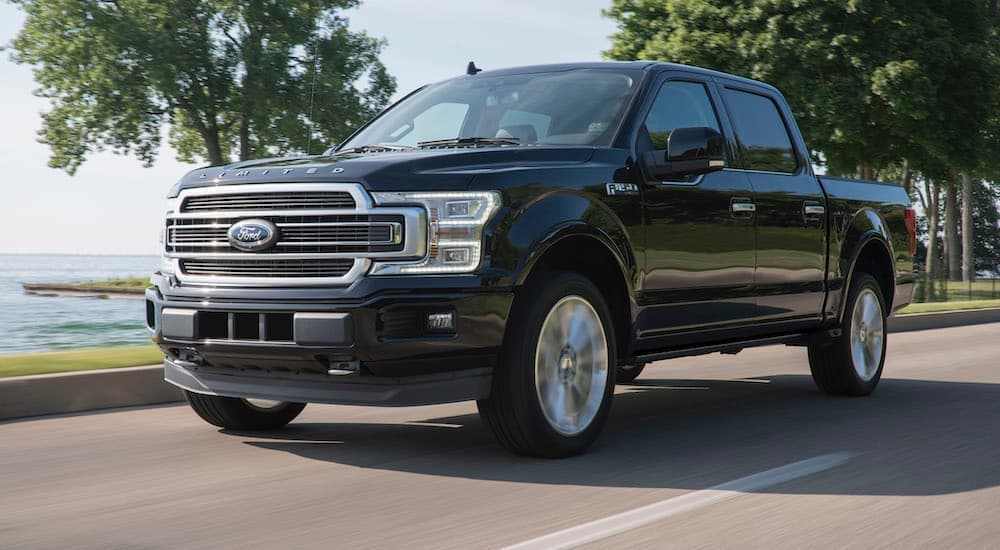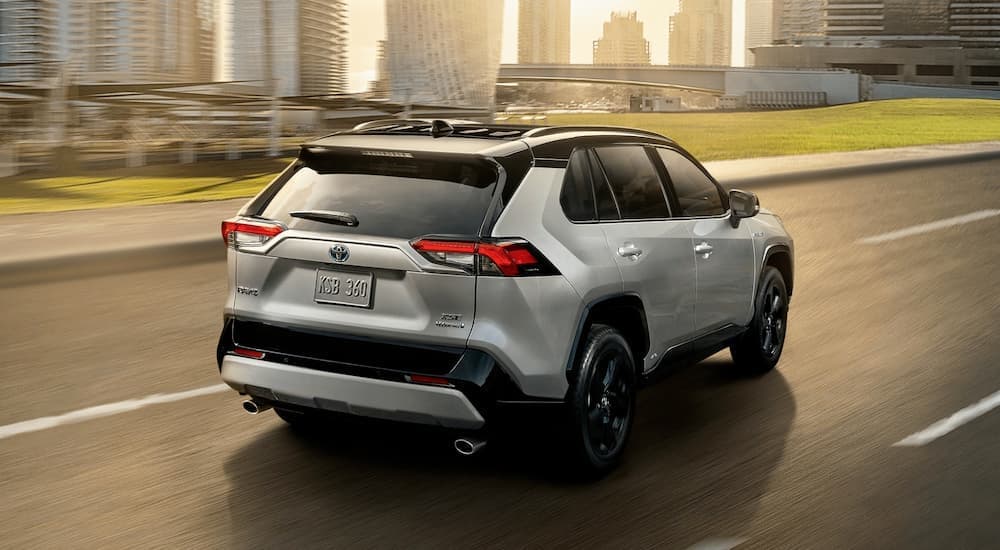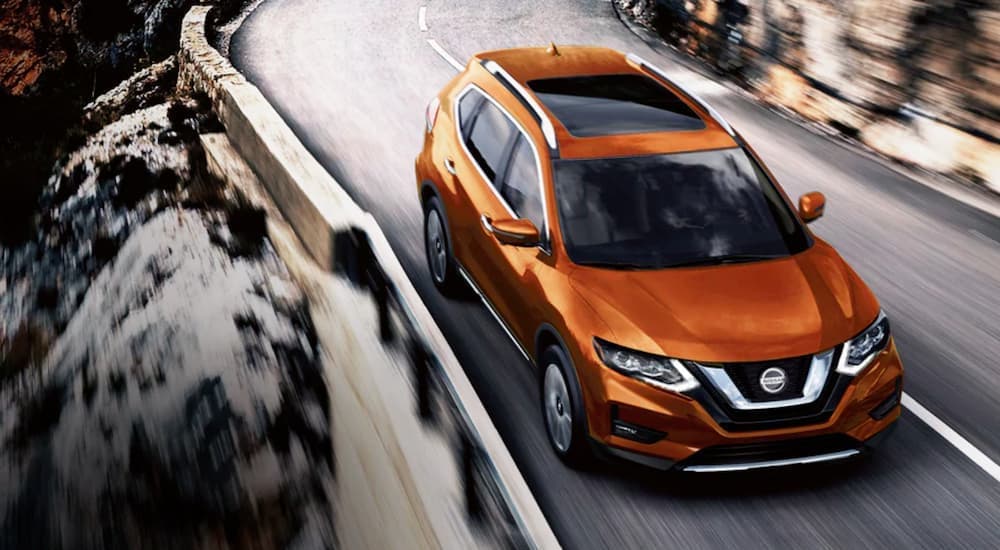Used cars are often made up of vehicles that owners have either sold back to the dealer, leased vehicles sold with a reduced price tag, or refurbished vehicles. Many people consider buying another car after selling their vehicle through private sales, auctions, or to the dealer. Usually, before embarking on that significant decision, many people ask, “What can I afford if I sell my car?” along with “What are the best vehicles out there to buy?” It’s a common problem based on the seller’s financial situation, and it makes sense because many people usually want to trade up, not down.
However, there’s a big step between selling your car and buying something else. What model should you buy, and why should you buy it? Well, it turns out that there’s an entire ecosystem centered around the buy/trade culture, and there’s a particular reason why some people sell their cars and veer towards some of America’s best-selling vehicles. This article here will attempt to break down what people are doing after they sell their vehicles and why they’re buying what they’re buying.
Used Cars Sell More Than New Cars
Apart from the pandemic disrupting the incline in total new cars sold throughout America (and the globe, for that matter), one thing has been consistent in the automobile market: used cars are a massive business for the auto industry. Used cars sold more than three times as many new cars in 2010. To be fair, though, that was an odd year off for new cars due to the 2008 recession and new cars suffering in the market as a result. But even more recently (and historically), used car market sales have almost always doubled that of the new car market, and during some periods, more.
The used car market is huge due to an abundance of car owners selling their vehicles back to dealerships or through private sales. On average, the used car market typically sees 40 million cars moved annually, and it has been consistent around or above the 40 million mark since 2000, according to CNW Market Research. So what does that tell us about the new versus used market?
It means that tens of millions of Americans resell their vehicle every year and buy those resold vehicles when possible, much more so than buying new ones. This creates a bit of a feedback loop because the majority of the cars being put back into the market as used wares are based on what was purchased new at one point, and we can look at average car sales to get an idea of what people have been buying and what they prefer buying used.

Top Selling Vehicles in America
There’s no shock that the best-selling vehicles in America are almost universally dominated by the same few nameplates each year in and year out. This was partially discussed in another article here at AutoInfluence about the resale value of specific brands and models and why some have higher resale value than others. It all boils down to what drivers see as dependable, reliable, and economical. To get an idea of what the market looks like on average, you can view the top 25 selling vehicles of 2021 with the chart below to give you an idea of what’s popular and what’s being sold throughout the market.
- Ford F-Series
- Ram 1500/2500/3500
- Chevy Silverado
- Toyota RAV4
- Honda CR-V
- Toyota Camry
- Nissan Rogue
- Jeep Grand Cherokee
- Toyota Highlander
- Honda Civic
- Toyota Tacoma
- Toyota Corolla
- GMC Sierra
- Ford Explorer
- Jeep Wrangler
- Honda Accord
- Tesla Model Y
- Mazda CX-5
- Chevy Equinox
- Subaru Forester
- Subaru Outback
- Hyundai Tucson
- Ford Escape
- Toyota 4Runner
- Honda Pilot
Why the Best-Selling Vehicles in America Sell the Way They Do
At the top end of each annual chart is the Ford F-Series. It has dominated the charts for decades as the best-selling vehicle in America and continues to push forward as the go-to vehicle class for Americans due to its reliability, longevity, cargo capacity, and utility. You get a lot out of a truck compared to other vehicles, and many people use them for work, travel, vacation, and recreation.
Dependability and reliability are typically big factors in what convinces shoppers to buy what they buy, hence why you see that while the top three best-selling vehicles in recent times have often been the F-150, Ram 1500, and Silverado 1500 series. They’re usually closely followed by a litany of crossovers, compacts, and SUVs. There’s a fairly significant dichotomy between what’s being sold: trucks are for dependability, and light passenger vehicles are for fuel economy.
In fact, according to a study conducted by the American Council for an Energy-Efficient Economy back in 2018, the major concern most potential car shoppers had was centered around fuel economy rather than anything else. In fact, some shoppers in the report revealed that they would be willing to pay more than $10,000 upfront for a vehicle if it meant saving $1,000 at the pump every year.
Weighing Costs Versus Features and Functionality
While it may sound crazy to pay more upfront for a vehicle to save at the pump, this approach makes sense when you look at a few vehicles on the top-selling lists. You can see that logic playing out with some of the models sold, such as the Tesla Model Y or Toyota Camry, where they’re more expensive than the cheapest subcompacts on the market but offer great fuel economy and features in return.
Vehicles like the Chevy Trax and Ford EcoSport may have lower price points and might seem like good choices for some buyers, but reliability and longevity aren’t just tied to repair costs and how many miles you can get out of the vehicle; it’s also about how far you can drive it without having to regularly fill it up. Hybrids and electric variants of these popular models help extend the drivability of these vehicles, and as pointed out in the study, some people are willing to pay upfront if it means saving a lot more cash at the pump. It’s something worth considering and also a reason why when you’re thinking, “What should I buy if I sell my car?” you need to consider what you’re using the vehicle for and how much travel you want to get out of it before having to fill it up.
Best-Selling Based on Dependability
As mentioned, it’s not all an either-or scenario when buying a vehicle. While fuel economy is still a very important part of buying a vehicle, some of the best-selling vehicles on the chart have less than ideal fuel economy but are still highly popular. Why is that? Well, dependability is another big factor: how long can you drive the vehicle before it breaks down, needs significant repairs, or how often will it need to be serviced?
More dependable vehicles mean shoppers are likely to sell their car and buy from that vehicle brand again, and in many ways, this is reflected in the top sales charts. The most go-to rating for dependability is the J.D. Power listing, which outlines which vehicle brands offer the best dependability in the industry. At the top of the charts, when it comes to the fewest problems per every 100 vehicles, Kia, Buick and Hyundai lead the way. However, you’ll note that some familiar names from the best-selling list also appear to have fairly high dependability, such as Toyota, Chevy, and Mazda.
In many ways, you can narrow down what sort of best-selling vehicle in America is worth your patronage based on a number of factors. Need something with great fuel economy at a low price? You have Toyota and Honda. Want something economical and roomy? A Honda or Subaru might do the trick. Want something rugged, reliable, and work-ready? Chevy Silverado or Ford F-Series is the way to go. When it’s time to sell your car and buy one of America’s best-selling vehicles, you now have an idea of what to look for and why.





